Social Structure and Social Movements
Synopsis
The ethnic and linguistic diversity of Indian civilization is more like the diversity of an area as variable as Europe than like that of any other single nation-state. Living within the embrace of the Indian nation are vast numbers of different regional, social, and economic groups, each with different cultural practices. Particularly noteworthy are differences between social structures in the north and the south, especially in the realm of kinship systems. Throughout the country, religious differences can be significant, especially between the Hindu majority and the large Muslim minority; and other Indian groups-Buddhists, Christians, Jains, Jews, Parsis, Sikhs, and practitioners of tribal religions--all pride themselves on being unlike members of other faiths. This book contains the structure of Indian society and the movements came from it. At the risk of sounding repetitive, one needs to reassert that the methodological problem of identifying and defining a social movement is fairly difficult. The problem becomes particularly complex when we focus on the Asian region. Given its multi-ethnic, multi-lingual and multi-political reality, the bewildering multiplicity and diversity of social movements in the region should not come as a great surprise. After all, social movements necessarily must, and firmly are embedded in the social, cultural and political realities of a nation.
Read more
52.20
46.98
$
58.00 $
Free delivery Wolrdwidе in 10-18 days
Ships in 1-2 days from New Delhi
Membership for 1 Year $35.00
Get it now and save 10%
Get it now and save 10%
BECOME A MEMBER

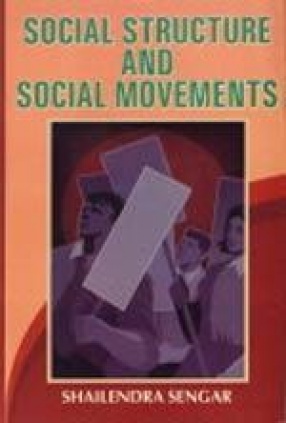
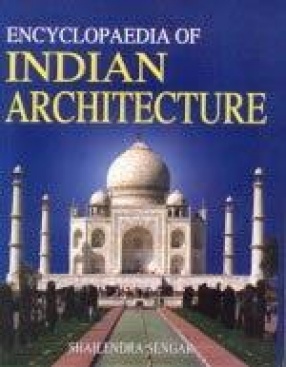
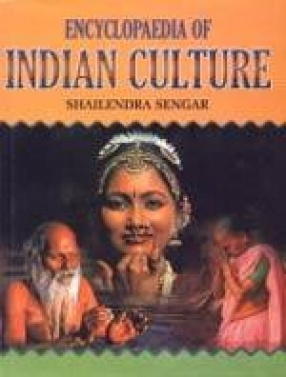
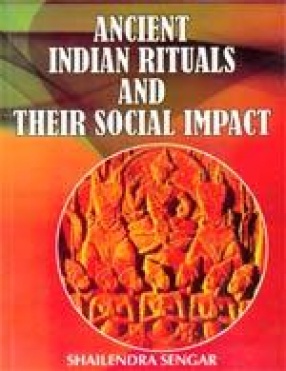
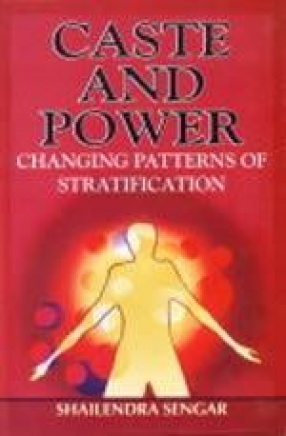

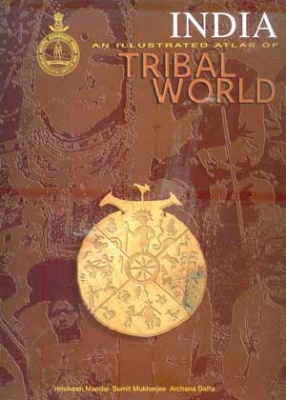
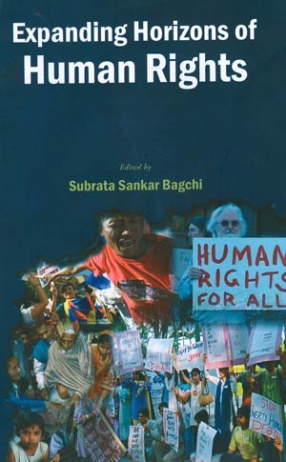


Bibliographic information